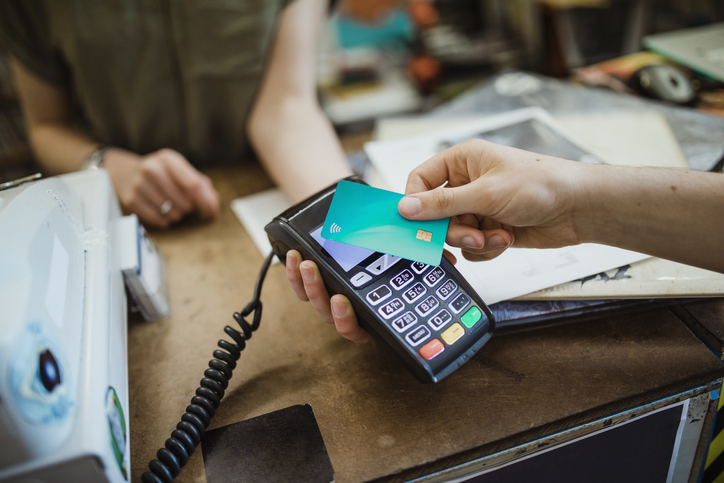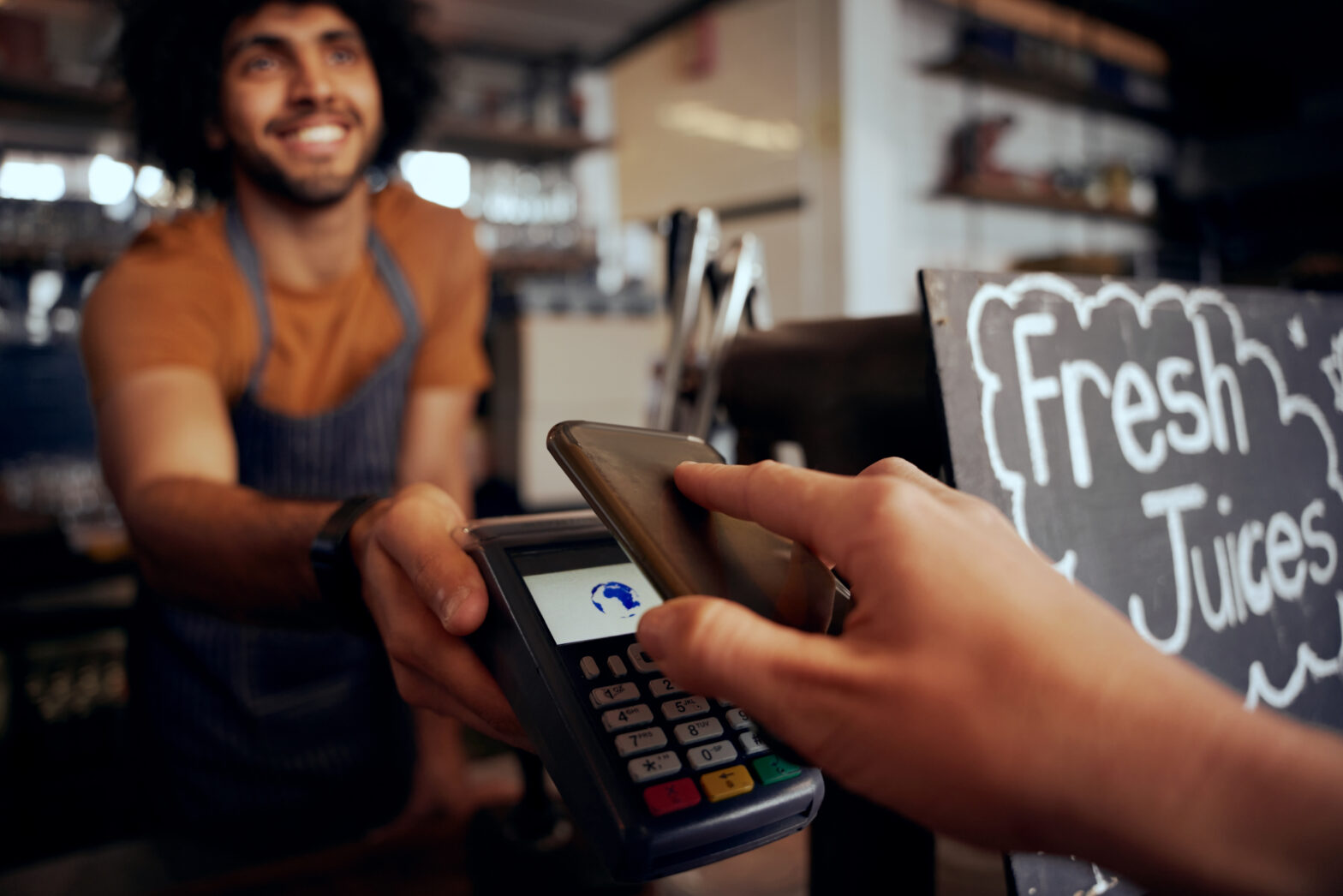When something you take for granted breaks down, you quickly appreciate how important it is. For small business owners, it’s their payment system.
The recent VISA card outages had a huge impact across the UK and Europe, with consumers everywhere struggling to pay for products and services. In some cases, more than half of all card authorisations failed to go through.
Although a small business owner can’t predict when the next major outage will take place, having your own plan can save valuable revenue. That’s why we’ve put together a checklist in case there’s another outage (fingers crossed there’s not).
These tips can also help if your card machines are playing up or your internet is down.
Step 1: Make a plan
Agree and write out a clear plan of action with your staff, so everybody knows exactly what to do when there’s an outage. Ask yourself how previous outages affected you and your customers, knowing this can give you a head-start on any potential issue. The steps below will help you flesh out this plan.
Step 2: Diagnose the problem
Is it a fault? Is it an outage? Have a set sequence for diagnosing the problem. Even before you check updates on social media, there are things you can look into straight away. Is it a power cut? Is your internet connection down?
If the issue lies with the card machine, your first port of call should be your payments processor. Check for social media updates, visit supplier websites or give them a call. Consider asking other local merchants to see if they’re affected.
Step 3: Work together and focus
Get your staff together and assign tasks. Who’s going to liaise with the card or processing company, provide extra help for customers, log transactions or watch the till?
Step 4: Talk to your customers
Make sure your staff are at the top of their game, briefed and ready to give customers clear instructions on where the nearest cash machines are and if they’re actually working. Put up a sign near your till or in your shop window.
Step 5: Use social media
Keep your customers updated. Try to stay calm (even when responding to angry posts) and reassure customers that you’re doing everything you can to resolve the issue. Having a plan in place will help you to stay professional and on message.
Step 6: Ask customers for another card
Spread out your payment potential. Make sure you’re ready to accept all types of card (VISA, Mastercard, Maestro and American Express). This way you minimise the risk of card payments not going through. During an outage, reassure your customers and ask them for another type of payment.
Step 7: Take payment that isn’t Chip and PIN
It’s always good to have options. If your terminal is playing up, then contactless payments, online and phone payments might still be possible.
And while cryptocurrency and peer-to-peer payment options aren’t widely available on the high street, it might be something to explore. Keeping track of payment trends and staying ahead of the curve is always a good idea.
Step 8: Manually record transactions
It’s difficult to know how long an outage or technical issue will last. It could be over in 30 minutes, or 30 hours.
Having an interim process to record payments allows your staff to keep track of everything and protect revenue. Record the customer’s name, the product or service being sold, as well as the time of purchase.
Then update your system with the relevant details when the problem is fixed. A spreadsheet will do, or even go old school with a pen and paper.
Step 9: Consider investing in a flatbed imprinter
When your payment system is down, a classic flatbed imprinter can be really handy. These affordable manual devices can provide important back-up, so you can keep taking card payments.
Step 10: Beware of anything suspicious
Cyber criminals could take advantage of a widely-publicised outage, often using phishing tactics, and social engineering to try and gather data from small businesses.
Because of this, your business becomes particularly vulnerable during and after a card payment outage. Trust your intuition. Be wary of anyone posing as banks, processors or card companies. Stay cautious of emails or phone calls requesting information about y
ou, your business, your bank accounts or your customers. If something doesn’t feel right, it probably isn’t.
Be part of the solution
It might not seem like it, but the way you handle your customers during the outage can boost your reputation.
Keep everybody informed of the situation and what you are doing to fix it. Reassure customers that you’ll be recording all interim transactions separately. You might want to tell your customers to contact their bank and to check their statements to see if everything makes sense.
Remember, follow our steps, stay calm and be ready.
Guy Moreve is chief marketing officer at Paymentsense
See also: 10 card payment machines ideal for a small business





